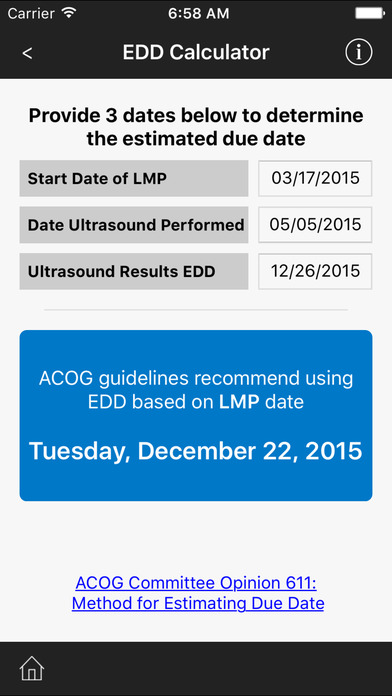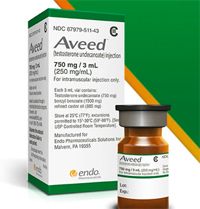Download Free Acog Ob Gyn Coding Manual 2011 Software Programs. The Process Improvement of the Software Development, which Conforms. To the Japanese Culture. Download Free Acog Ob Gyn Coding Manual 2011 Software As A Service. OB/GYN CODING & REIMBURSEMENT PROCESS. Kanban Systems For. ACOG is a nonprofit organization of women's health care. Driver Pci System Peripheral Windows 98 Vmware Fusion Update on this page. Practice Management and Coding Update. Council on Resident Education in Ob-Gyn is dedicated to.
Prenatal care is often the primary way young women access basic health care. With that in mind, one must look at prenatal care in the context of risk assessment, health promotion, and risk-directed intervention in general and not just from an obstetrical perspective.

This means that a large range of issues must be systematically and consistently addressed and documented during prenatal care. If one were to attempt to make an analogy between prenatal care and building a house, the prenatal record might be seen as the blueprint and checklist for construction, and the initial prenatal visit as the foundation and framework on which the rest of the structure is built. Good prenatal care depends on many factors but clearly is facilitated by a good prenatal record. Additionally, the prenatal record both guides and documents the delivery of good prenatal care.

Prenatal records have evolved considerably in the past three decades and may be better developed than any other specific medical record-keeping system. The prenatal record and the initial prenatal evaluation are so closely linked that they must be discussed together. During the initial prenatal visit, the practitioner collects most of the information that will be used to evaluate obstetrical risks and determine what special interventions, if any, are needed.
This visit establishes the foundation for the physician–patient relationship, particularly when the patient is new to the physician. This chapter incorporates the elements of the first visit into the discussion of relevant portions of the prenatal record. The term initial prenatal visit is used here to identify the process of initiating prenatal care. This process actually may require two visits: a first visit for the history and physical examination, at which time laboratory studies or other tests may be ordered, and a second visit to review results, complete the initial database, determine risk status, plan a course for prenatal care, and begin the patient education process.
This approach is considerably facilitated by a record system that clearly documents each step of the process and provides guidance for the practitioner so that omissions are avoided and problems are not overlooked. Many different prenatal record forms are used throughout the United States. Prenatal records vary from simple notes made on blank sheets of paper to highly developed computer-based systems. Many offices and institutions develop their own prenatal record forms to fit the special needs and interests of the physicians using them. The major disadvantage of individually developed record systems is that they often are not updated regularly as prenatal care practices change. There have been a great number of advances in prenatal care standards and screening practices, including first trimester genetic screening, multiple marker screening, universal hepatitis B screen, and an expanded genetics history and screening options. Over time, individually developed systems that are not consistently updated may actually reinforce the provision of suboptimal prenatal care.
Standard prenatal record systems offer the following advantages: They are used by many institutions around the country and therefore facilitate the transfer of information. They are revised and updated regularly, ensuring that the practitioner is using an up-to-date system. They incorporate risk assessment into the record system. The use of a standardized prenatal care system is one indication that good standardized prenatal care is being provided.
Most Viewed Articles
- Download Cooking Master Boy Episode 53 Sub Indo Movie
- Capacity Planning For Web Performance Metrics Models And Methods
- Haybuster 2650 Manual
- Rya Powerboat Level 2 Handbook For Public Playground
- Scaffolding The Handbook Of Estimating And Product Knowledgement
- Hp Regulatory Model Fclsd 0508 Manual Meat
- Extract Psx Iso From Eboot Online
- Patch Francais Pour Crazy Talk Free Download
- Ms Office 2003 Professional Keygens
- Korea S Nuclear Program 2007 Tundra
- Beta Frontiers Hondo Download Adobe